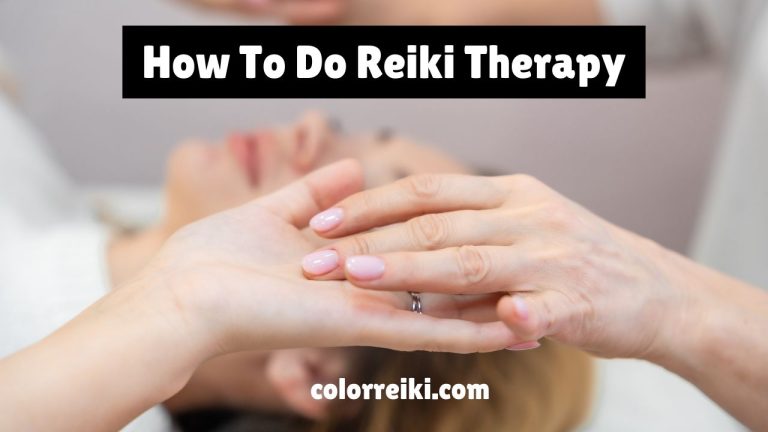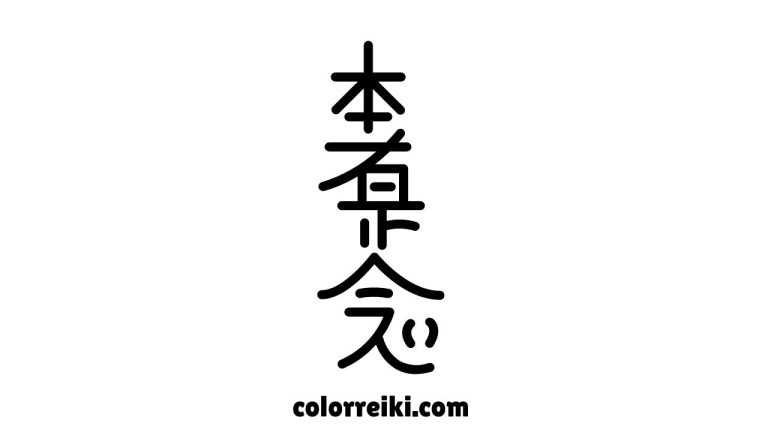Reiki Intake Form: What to Include and How to Use Them
Reiki is a holistic healing practice that uses universal life energy to promote physical, emotional, and spiritual well-being. One of the most important tools you can use as a Reiki practitioner is the Reiki intake form. This form is not just a checklist; it’s the foundation of a safe and effective Reiki session, helping you understand your client’s needs and set the stage for their healing journey. In this guide, we will dive deep into the importance of intake forms, what they should include, and how to use them effectively in your practice.

What is a Reiki Intake Form?
A Reiki intake client form is a document that collects vital information from your clients before a session. It serves as a guide for the session, helping you tailor your approach to meet the client’s unique needs. This form also helps identify any health conditions that may require special attention, ensuring the session is safe and beneficial.
The main purpose of an intake form is to gather all the necessary details about the client’s physical, emotional, and spiritual state. By doing so, it allows you to create a session that aligns with their goals and maximizes the benefits of Reiki. Beyond its practical use, the intake form also helps build trust and a good relationship between you and your client.
What to Include For Clients in an Intake Form
A well-organized form should cover several key areas to ensure you have a complete understanding of your client’s needs and health background. This section will explore the essential components that should be included in every form.
1) Client Contact and Medical History
Collecting the client’s contact information and medical history is the first step in creating an effective intake form. This information is crucial not only for communication but also for ensuring that the Reiki session is conducted safely. The client’s medical history can reveal conditions that might affect the session, such as chronic illnesses, recent surgeries, or allergies. By gathering this information upfront, you can tailor the session to accommodate any special needs or limitations the client may have.
2) Reiki Goals and Intentions
Understanding what the client hopes to achieve from the Reiki session is key to providing a personalized experience. This section of the intake form allows clients to express their goals, whether they are seeking stress relief, emotional healing, or spiritual growth. By aligning the session’s focus with the client’s intentions, you can ensure that the energy work is both focused and effective.
Example Question:
“What are your primary goals for this Reiki session? (e.g., relaxation, emotional release, pain relief, spiritual connection)”
3) Health Concerns and Contraindications
Identifying any health concerns or potential issues is vital for the safe practice of Reiki. This section should ask clients about specific areas of discomfort, ongoing medical treatments, and any conditions like pregnancy or heart issues that could influence the session. Knowing these details allows you to adjust your approach, making sure that the client receives the most appropriate care.
4) Emergency Contact Information
Although Reiki is generally a safe practice, having emergency contact information on file is a smart precaution. This ensures that in the unlikely event of an emergency, you can quickly reach someone who can assist. It’s a small but important detail that adds to the overall safety and professionalism of your practice.
Reiki Client Information Form Templates
Creating an intake form from scratch can be challenging, especially if you’re new to the practice. Fortunately, there are many templates available that can serve as a starting point. In this section, we’ll discuss how to find and customize these templates to suit your practice.
Overview of Available Templates
There are many intake form templates available online, ranging from basic designs to more detailed versions. These templates are designed to cover all the essential areas we’ve discussed, including client contact details, medical history, and session goals. Using a template can save time and ensure that you don’t miss any important information. However, it’s important to choose a template that fits your practice’s style and approach.
Customizing Templates for Your Practice
While templates are convenient, they should be customized to fit the unique needs of your practice. Customization allows you to include specific questions that reflect the services you offer, whether it’s traditional Reiki, chakra balancing, or distant Reiki sessions. Adding your branding elements, such as your logo and practice name, can give the form a professional touch and reinforce your brand identity.
Reiki Certification Requirements
Knowing the certification requirements for Reiki practitioners is essential for anyone serious about offering Reiki as a professional service. This section will explore what’s involved in becoming a certified Reiki practitioner and why it matters.
Explanation of Certification Requirements
Reiki certification typically involves completing a series of courses that cover the principles of Reiki, hands-on practice, and advanced techniques. Certification is not just about gaining credibility; it’s about ensuring that you have the necessary skills and knowledge to provide safe and effective Reiki sessions. Different levels of certification—commonly referred to as Reiki I, II, and Master—offer progressively deeper training and understanding of the practice. Each level builds upon the last, with Reiki I focusing on self-healing and basic hand placements, and Reiki II and Master levels introducing more complex techniques like distant healing and the use of Reiki symbols.
Importance of Proper Training and Certification
Proper training and certification are crucial for building trust with your clients. Certification shows that you have undergone thorough training and are committed to upholding the highest standards in your practice. It also ensures that you are equipped to handle various situations that may arise during a session, providing peace of mind for both you and your clients.
Tips from a Practitioner
Drawing from years of experience, I’ve learned that a well-crafted Reiki form can make a significant difference in the quality of the client’s experience. In this section, I’ll share some best practices for creating and using intake forms effectively in your Reiki practice.
Expert Advice on Creating and Using Effective Intake Forms
The effectiveness of an intake form lies in its ability to gather all necessary information without overwhelming the client. It’s important to find a balance between thoroughness and simplicity. The form should be detailed enough to cover all essential areas, such as health history and session goals, but it should also be user-friendly and not too time-consuming to complete. Offering the form online can make it more convenient for clients, allowing them to fill it out at their own pace before the session. This not only saves time but also ensures that you have all the information you need well in advance.
Common Mistakes to Avoid
One common mistake practitioners make is including too many open-ended questions, which can lead to incomplete or vague responses. While it’s important to give clients the space to express their intentions and concerns, it’s equally important to guide them with specific questions that yield clear information. Another mistake is failing to review the form before the session. Always take the time to read through the client’s responses beforehand, so you’re fully prepared to address their needs when they arrive. This not only improves the client’s experience but also helps you feel more confident and prepared.
Why and How to Use an Intake Form For Reiki
The intake form is more than just a document; it’s an integral part of your practice that sets the tone for the entire session. This section will explore why it’s so important to use an intake form and how to implement it effectively.
Benefits and Importance
Using an intake form is essential for delivering a personalized and effective session. It helps you gather important information about the client’s physical and emotional state, their goals for the session, and any potential issues. Additionally, the intake form serves as a communication tool, allowing you to clarify any questions or concerns before the session begins. This not only enhances the client’s experience but also builds trust and rapport, which are essential for effective energy work. By understanding the client’s needs and expectations, you can tailor the session to meet their specific goals, ensuring that they receive the maximum benefit from the Reiki energy.
Step-by-Step Guide to Implementing Intake Forms
Implementing a Reiki form in your practice is a straightforward process that can greatly enhance the quality of your sessions. Here’s a step-by-step guide to help you get started:
- Create Your Form: Design a form that includes all necessary sections—client contact details, medical history, session goals, etc. You can use a template or create one from scratch.
- Make It Accessible: Host the form online and include a link in your booking confirmation emails. Ensure it’s easy for clients to access and complete, ideally before the session.
- Set Up Reminders: If a client hasn’t completed the form within a few days of their session, send a gentle reminder. This ensures you have all the information you need ahead of time.
- Review the Form: Before the session, take the time to carefully review the client’s responses. This will help you tailor the session to their specific needs and address any potential concerns.
Conclusion
A well-organized intake form for Reiki is a foundational tool that supports both the practitioner and the client in achieving a safe, effective, and personalized Reiki session. By carefully designing and consistently using intake forms, practitioners can improve the overall client experience, build trust, and ensure that each session is tailored to meet the specific needs and goals of the client. Whether you are just starting your Reiki practice or looking to improve your current procedures, implementing a well-structured intake form is a step toward providing the highest quality of care.
FAQs
1. How to Take Reiki?
Receiving Reiki is a simple process where the client typically lies down in a comfortable position while the practitioner places their hands on or near the body to channel energy.
2. What is the Distance Reiki Intake Form?
A distance intake form for reiki gathers the same essential information as an in-person form but may also include questions specific to the remote nature of the session, such as time zone and preferred method of communication.
3. What Should Be on an Intake Form For Reiki?
Essential elements include client contact details, medical history, session goals, health concerns, and emergency contact information.
4. What Makes a Good Reiki Intake Form Useful?
A good intake form for reiki is clear, easy to understand, and covers all essential areas, allowing the practitioner to tailor the session to the client’s needs.
5. What Not to Do Before Reiki?
Avoid consuming heavy meals, alcohol, or caffeine before a Reiki session, as these can interfere with the body’s energy flow and receptivity.
6. How Do I Get the Best Out of Reiki?
To maximize the benefits of Reiki, it’s important to enter the session with an open mind, set clear intentions, and allow yourself to fully relax during the session.
7. What Techniques are Used in Reiki?
Reiki involves various techniques, including hand placements, energy scanning, and the use of Reiki symbols (at advanced levels) to focus and direct energy.






